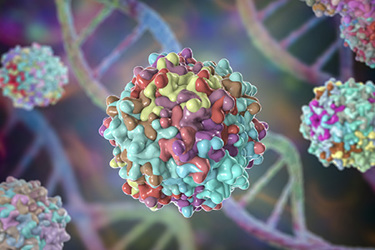How To Develop A Scalable AAV Process, From Start To Finish

Originally published January 13, 2023, Genetic Engineering & Biotechnology News
Viral vectors play a vital role in modern medicine, serving as an integral delivery vehicle for everything from oncolytic viruses to vaccines and gene therapies. Despite initial concerns regarding dosing and safety, gene therapies are delivering on their promise with two approved by regulatory agencies in 2021 and more in 2022. While initially targeting ocular conditions, there is now a growing interest in exploring potential indications for targets in the central nervous system, liver, and muscles. Of the viral vectors used in gene therapy, adeno-associated virus (AAV) has emerged as the frontrunner.
In 2021, over 300 gene therapy treatments were in clinical trials, with approximately half of them utilizing AAV. This virus is a versatile tool, with serotypes that target specific tissue types. This versatility, combined with the prevalence of engineered variants, creates an almost limitless array of options. However, finding ways to produce the various serotypes with high efficiency, sufficient to generate many doses of therapy, is a challenge.
Here, we present highlights from a process that has been developed – and continues to be refined – thanks to the collaborative efforts of nearly two dozen Cytiva scientists. These insights are framed around the common challenges faced by those involved in the development and production of AAV-based gene therapies.
Get unlimited access to:
Enter your credentials below to log in. Not yet a member of Biosimilar Development? Subscribe today.
